.png)
.png)
.svg)
.svg)



Neurotech that lasts
Neurotech that lasts
Building the next-generation of brain interface technology
At Paradromics, we’re committed to building neurotech devices that last and that enhance people’s lives. To do that, we have built an implantable Brain-Computer Interface (BCI) device that can access brain-activity data and use artificial intelligence to translate that activity into actions like texting, typing, or even speaking. As with any AI-enabled application, the more high-quality data, the better. But this is more than just a software/data problem. To meet our goals, we also have to overcome biological hurdles, ensuring that our device interacts safely and reliably with the body.

There are two big challenges in developing next generation brain-computer interfaces, or BCIs.
- They must record vast amounts of data.
- They must perform reliably for years after implantation.
To access the highest resolution brain data, you need sensors called electrodes that can record brain-activity data. These electrodes must precisely listen in on the conversations that individual neurons are having. These “conversations” form the building blocks of everything we do, from speaking and typing to tasting food and walking.
The more neural activity the electrodes can capture, the better. Those signals are then transmitted to advanced computer chips that process the data and, with the help of AI, translate it into meaningful, real-world actions. This is the promise of next-generation neurotech.
It sounds straightforward, but the human body is a complex environment. To succeed, brain interface technology must withstand harsh biological conditions while maintaining safety and reliability.
Designing durable neurotech devices
Here’s what Paradromics has done to ensure the Connexus® Brain-Computer Interface meets these standards.
Key design decisions in Paradromics’ brain interface technology
1. Electrode materials
Everything interfacing with the brain must be built from materials that last for decades without degrading. That’s why our neurotech devices use metals and ceramics proven to withstand the body’s environment. Neuralink, by contrast, uses thin polymer threads expected to last less than two years.
2. Waterproofing for longevity
Brain interface technology requires electronics that can survive inside the body for years, even decades. Consumer-grade waterproofing, like that used in smartphones, isn’t sufficient. Instead, Paradromics employs airtight packaging methods similar to those used in spacecraft. This ensures reliability even in tiny devices with hundreds of electrical connections, something only Paradromics is achieving with high data-rate neurotech.
3. Electrode and recording arrangement
Our Connexus device is designed to sit like a small metal disk, about a centimeter in diameter, directly on the surface of the brain. This form factor allows it to move naturally with the brain, improving durability. By contrast, the Neuralink N1 Implant is tethered to the skull, which risks pulling electrodes out when the brain shifts.

Validating Paradromics’ neurotech design
We benefit from two decades of successful human BCI research using the Utah Array, a pioneering brain interface technology developed by Blackrock Neurotech. This earlier device, shaped like a tiny hairbrush with 96 electrodes, has enabled patients to imagine handwriting and translate thoughts into text. Building on this foundation, Paradromics improved electrode materials, miniaturization, and durability to push neurotech forward.

Improvements over earlier brain interface technology
The Utah Array used silicon electrodes. Paradromics advanced the field by fabricating ours out of platinum-iridium, a superior material. We also miniaturized the electrodes, each thinner than a human hair, allowing more data capture while minimizing tissue impact. This combination is central to delivering safe, reliable neurotech for clinical use.

The future of neurotech applications
Paradromics’ first mission is to restore computer control and speech for people who have lost the ability to communicate. This patient population faces a critical unmet medical need, and they are relying on us to deliver durable solutions that last for years, not months.
The design choices we’ve made in our brain interface technology are driven by one goal: to provide a therapeutic outcome that empowers individuals to reconnect with their families and the world.

If you have any questions, please reach to media@paradromics.com.
%20(1).svg)

.svg)